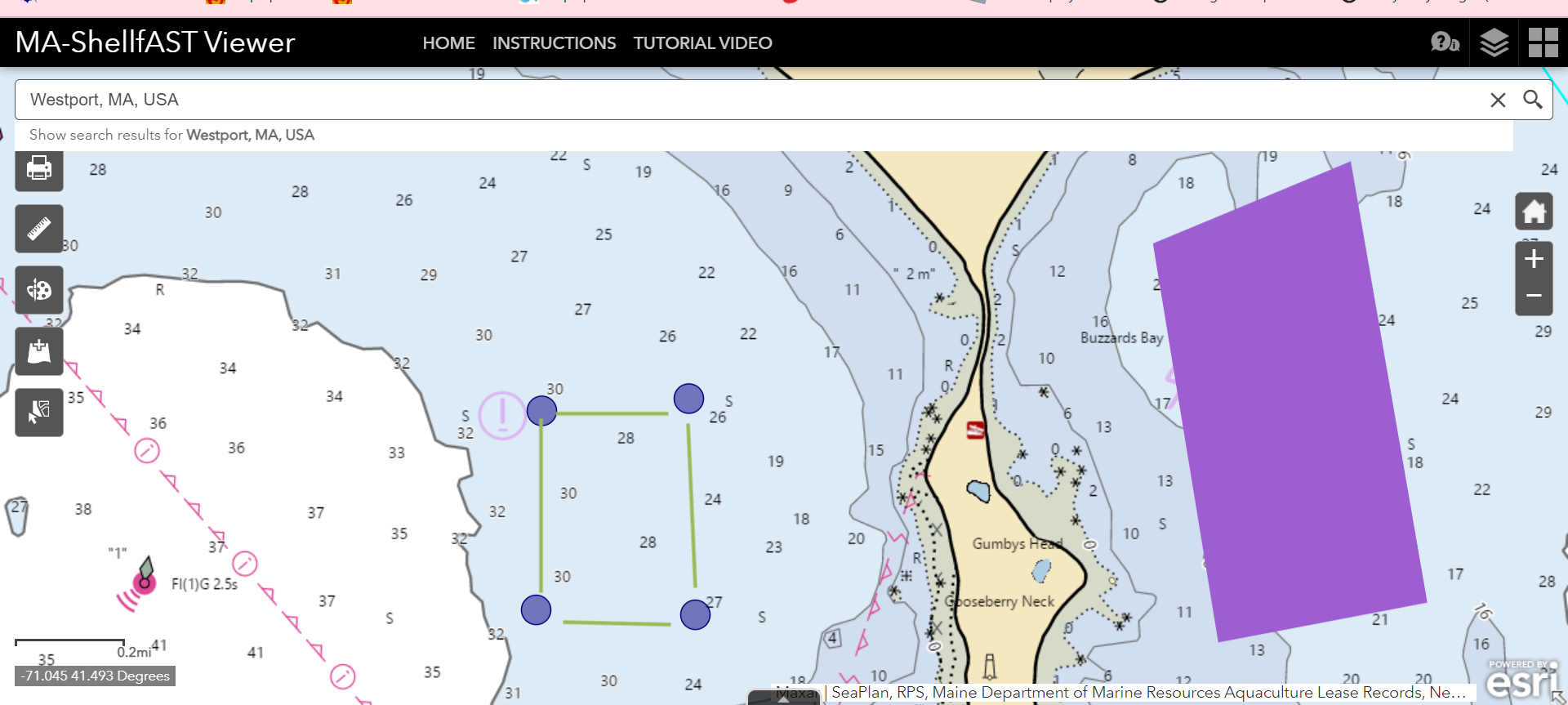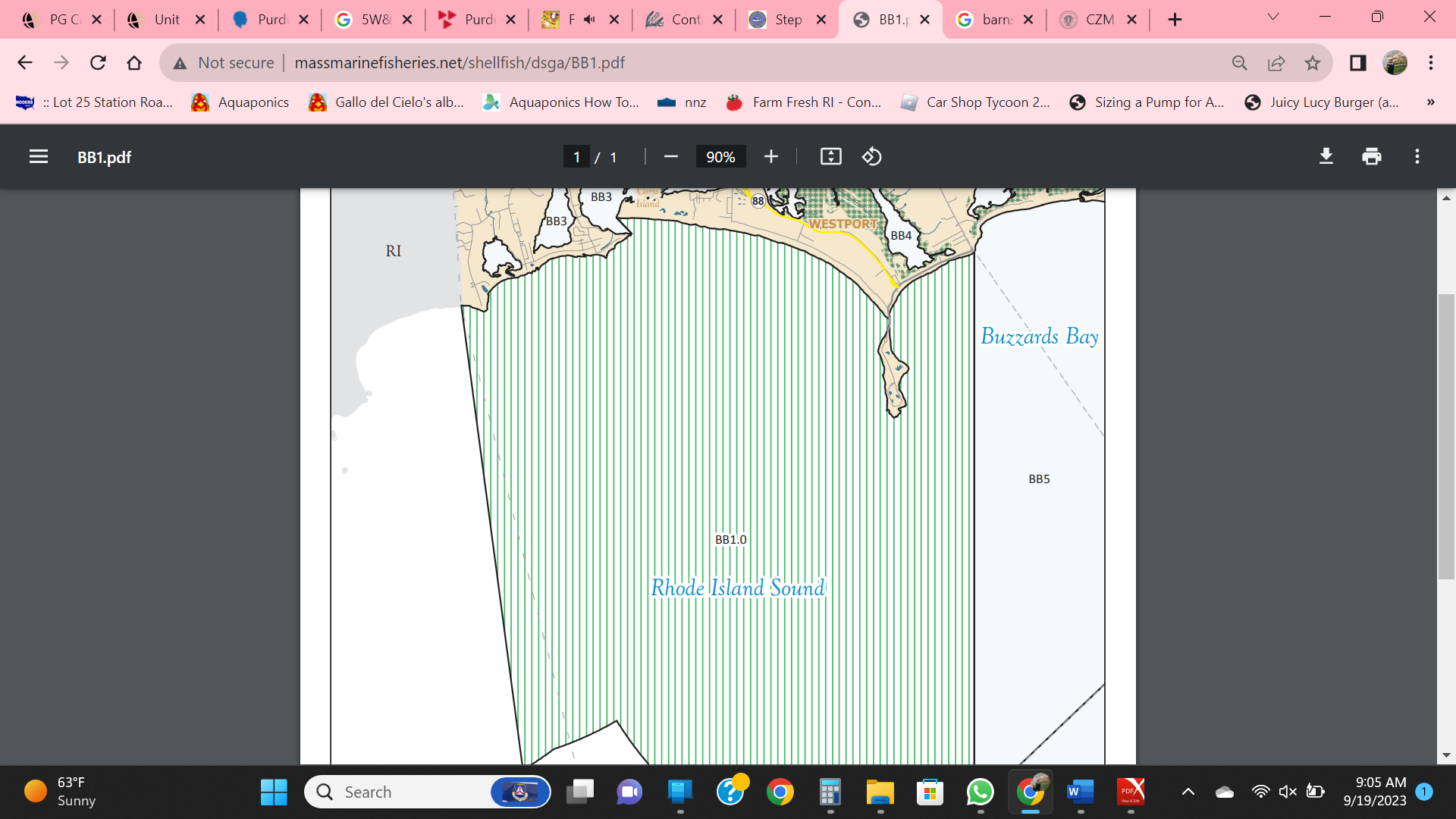Our business is looking to get into the polyculture farming method with sugar kelp, mussels, oysters and scallops. Anyone have an idea on the tools, farm site, and gear needed for this? Any information would be greatly appreciated.
@melissa_giovagniolli6180 Hi! There are lots of examples of ways that farmers co-culture seaweed and shellfish. Ultimately, designs may be site- and business-specific. Here in Long Island Sound, we've grown kelp, mussels, and oysters together and have tested a few different strategies (including testing kelp and mussels on a stacked array; growing kelp and mussels on different longlines; using continuous loops and individual droppers for mussels; having oyster cages attached to kelp lines, and keeping them in different zones, etc.). What you grow and how you grow it depend on a number of different factors. If you refer to the intro farming on the Hub, you can familiarize yourself with the basics of site evaluation and the typical longline setups for kelp farms. Because there are so many great resources available on shellfish culture, we haven't incorporated that guidance into this Hub...yet. In the past, Roger Williams University has hosted a great Applied Shellfish Farming course that covers aspects of permitting, site evaluation, and gear types for different types of shellfish culture (including clams, mussels, oysters, and scallops). The course is typically offered in winter/spring, but was on hiatus in 2023. Find more information here: https://appliedshellfishfarming.org/. The course has offered both in-person and virtual options for attendance in the past, and it's a really great crash course if you are just starting out. Also, because I notice your location is in MA: you should be aware that there are restrictions on gear with longlines due to Right Whale presence/migration, so it may limit where/what you may be able to grow--particularly north of Cape Cod/in Cape Cod Bay. @John_Lovett at Duxbury Kelp Co. may have some insights about that. South of Cape Cod, there are some farmers growing both oysters and kelp (and possibly other species) with varying results. Please feel free to post more questions here.
@melissa_giovagniolli6180 Hi! There are lots of examples of ways that farmers co-culture seaweed and shellfish. Ultimately, designs may be site- and business-specific. Here in Long Island Sound, we've grown kelp, mussels, and oysters together and have tested a few different strategies (including testing kelp and mussels on a stacked array; growing kelp and mussels on different longlines; using continuous loops and individual droppers for mussels; having oyster cages attached to kelp lines, and keeping them in different zones, etc.). What you grow and how you grow it depend on a number of different factors. If you refer to the intro farming on the Hub, you can familiarize yourself with the basics of site evaluation and the typical longline setups for kelp farms.
Because there are so many great resources available on shellfish culture, we haven't incorporated that guidance into this Hub...yet. In the past, Roger Williams University has hosted a great Applied Shellfish Farming course that covers aspects of permitting, site evaluation, and gear types for different types of shellfish culture (including clams, mussels, oysters, and scallops). The course is typically offered in winter/spring, but was on hiatus in 2023. Find more information here: https://appliedshellfishfarming.org/. The course has offered both in-person and virtual options for attendance in the past, and it's a really great crash course if you are just starting out.
Also, because I notice your location is in MA: you should be aware that there are restrictions on gear with longlines due to Right Whale presence/migration, so it may limit where/what you may be able to grow--particularly north of Cape Cod/in Cape Cod Bay. @John_Lovett at Duxbury Kelp Co. may have some insights about that. South of Cape Cod, there are some farmers growing both oysters and kelp (and possibly other species) with varying results.
Please feel free to post more questions here.
@kendall_barbery This is the area we want to start in. Not sure if you are familiar. Our site is the one with square and the four dots.

@kendall_barbery This is the area we want to start in. Not sure if you are familiar. Our site is the one with square and the four dots.
